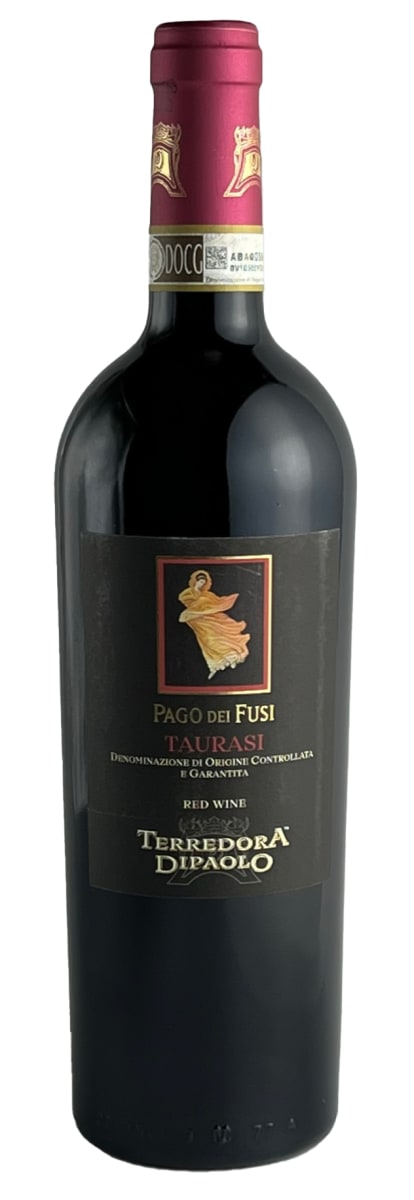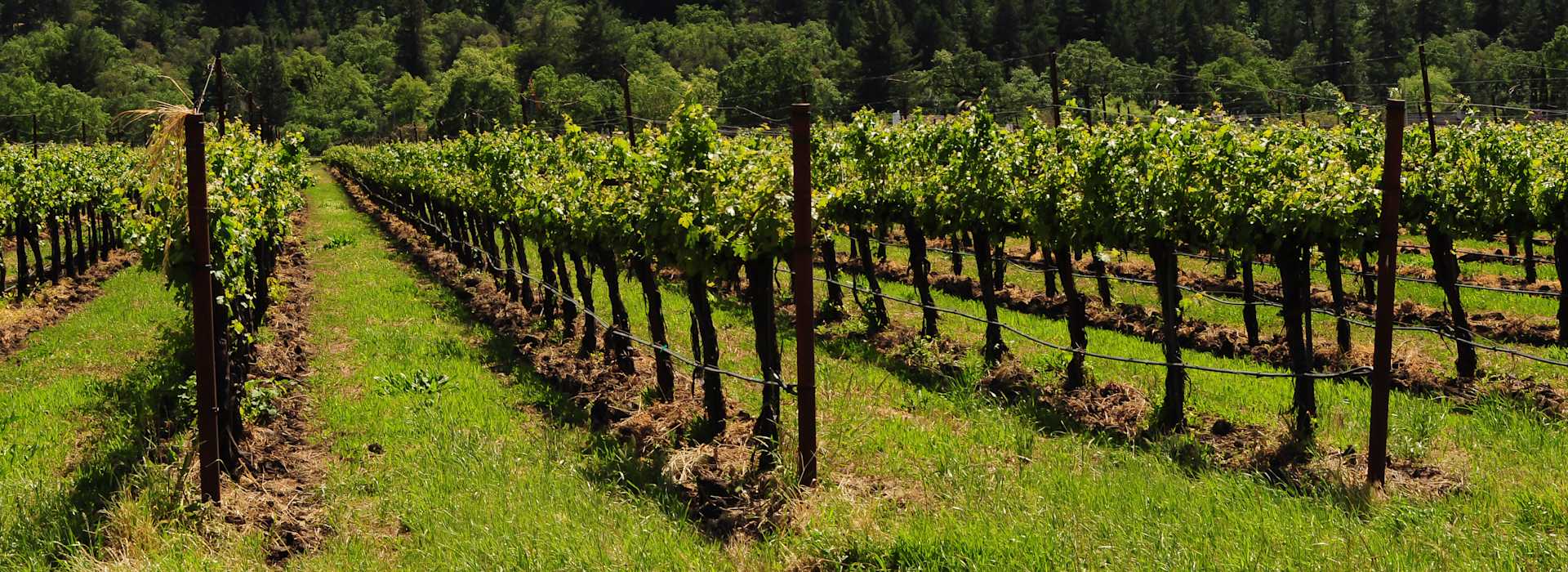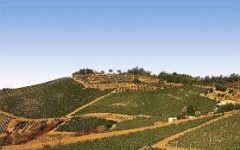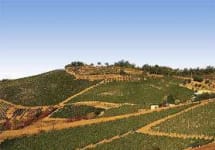Terredora di Paolo Pago Dei Fusi Taurasi 2013
-
James
Suckling -
Wine
Enthusiast



Product Details
Your Rating
Somm Note
Winemaker Notes
A deep ruby red colour, a blooming aroma of ample ripe cherries, sweet spices, plum, tobacco, pepper and tar. Supple and silky on the palate, with concentrated texture mellowed into body richness and ripeness. Sweet and fine tannins, long fruity, spiced and toasty finish. Excellent cellaring potential, with bottle age adding to the wine’s complexity.
Professional Ratings
-
James Suckling
A well-aged Taurasi with a savory nose full of decadence with dark mushrooms, bark, tar and Chinese herbal medicine on top of some preserved dark cherries and plums. Quite drying with a full-bodied palate showing lots of powerful, fine-grained tannins. Long, complex finish with a savory, earthy note lingering in the end. Beautiful now.
-
Wine Enthusiast
On the nose this is sanguine and earthy, with notes of cured meat, balsamic vinegar and soy sauce but also rocks and soil with wild berries crushed under foot. The berries perk up on the palate, lifted by a little heat and plenty of acidity, and held in place by tannins that are still holding their integrity at this age.
Other Vintages
2012-
James
Suckling -
Robert
Parker
-
Robert
Parker -
Wine
Spectator -
Wine
Enthusiast -
James
Suckling - Decanter
-
Robert
Parker -
Wine
Spectator -
James
Suckling
-
Robert
Parker -
Wine
Spectator -
Wine
Enthusiast
-
Wine &
Spirits -
Wine
Spectator -
Wine
Enthusiast
-
Robert
Parker -
Wine
Spectator
-
Robert
Parker -
Wine
Enthusiast -
Wine
Spectator



Making its home in the mountainous southern Italy, Aglianico is a bold red variety that is late to ripen and often spends until November on the vine. It thrives in Campania as the exclusive variety in the age-worthy red wine called Taurasi. Aglianico also has great success in the volcanic soils of Basilicata where it makes the robust, Aglianico del Vulture. Somm Secret—The name “Aglianico” bears striking resemblance to Ellenico, the Italian word for "Greek," but no evidence shows it has Greek ancestry. However, it first appeared in Italy around an ancient Greek colony located in present-day Avellino, Campania.

A winemaking renaissance is underfoot in Campania as more and more small, artisan and family-run wineries redefine their style with vineyard improvements and cellar upgrades. The region boasts a cool Mediterranean climate with extreme coastal, as well as high elevation mountain terroirs. It is cooler than one might expect in Campania; the region usually sees some of the last harvest dates in Italy.
Just south of Mount Vesuvio, the volcanic and sandy soils create aromatic and fresh reds based on Piedirosso and whites, made from Coda di Volpe and Falanghina. Both reds and whites go by the name, Lacryma Christi, meaning the "tears of Christ." South of Mount Vesuvio, along the Amalfi Coast, the white varieties of Falanghina and Biancolella make fresh, flirty, mineral-driven whites, and the red Piedirosso and Sciasinoso vines, which cling to steeply terraced coastlines, make snappy and ripe red wines.
Farther inland, as hills become mountains, the limestone soil of Irpinia supports the whites Fiano di Avellino, Falanghina and Greco di Tufo as well as the most-respected red of the south, Aglianico. Here the best and most age-worthy examples come from Taurasi.
Farther north and inland near the city of Benevento, the Taburno region also produces Aglianico of note—called Aglianico del Taburno—on alluvial soils. While not boasting the same heft as Taurasi, these are also reliable components of any cellar.
